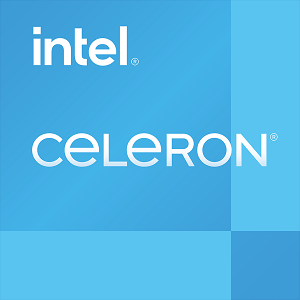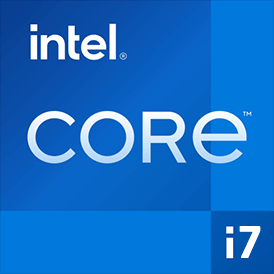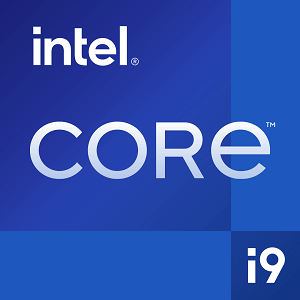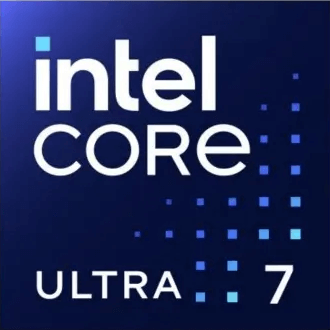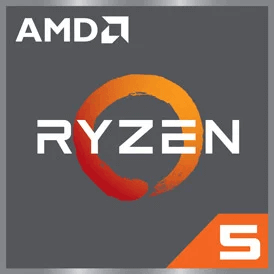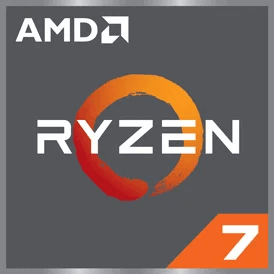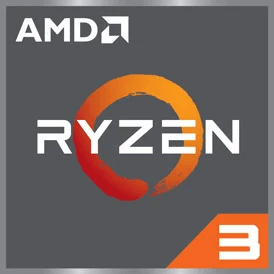Intel Celeron N3350E vs Intel Core i7 1060NG7
We compared two laptop CPUs: Intel Celeron N3350E with 2 cores 1.1GHz and Intel Core i7 1060NG7 with 4 cores 1.2GHz . You will find out which processor performs better in benchmark tests, key specifications, power consumption and more.
Main Differences
Intel Celeron N3350E 's Advantages
Lower TDP (6W vs 10W)
Intel Core i7 1060NG7 's Advantages
Released 8 months late
Higher specification of memory (3733 vs 2400)
Larger memory bandwidth (58.3GB/s vs 29.9GB/s)
Newer PCIe version (3.0 vs 2.0)
Higher base frequency (1.2GHz vs 1.1GHz)
More modern manufacturing process (10nm vs 14nm)
Score
Benchmark
Cinebench R23 Single Core
Intel Celeron N3350E
325
Intel Core i7 1060NG7
+243%
1116
Cinebench R23 Multi Core
Intel Celeron N3350E
250
Intel Core i7 1060NG7
+1630%
4326
Geekbench 5 Single Core
Intel Celeron N3350E
320
Intel Core i7 1060NG7
+273%
1195
Geekbench 5 Multi Core
Intel Celeron N3350E
482
Intel Core i7 1060NG7
+558%
3175
General Parameters
Jul 2019
Release Date
Mar 2020
Intel
Manufacturer
Intel
Laptop
Type
Laptop
x86-64
Instruction Set
x86-64
Apollo Lake
Core Architecture
Ice Lake Y
N3350E
Processor Number
i7-1060NG7
BGA-1296
Socket
BGA-1526
HD Graphics 500
Integrated Graphics
Iris Plus Graphics G7 (64 EU)
Package
14 nm
Manufacturing Process
10 nm
6 W
Power Consumption
10 W
105 °C
Peak Operating Temperature
100 °C
CPU Performance
2
Performance Cores
4
2
Performance Core Threads
8
1.1 GHz
Performance Core Base Frequency
1.2 GHz
2.4 GHz
Performance Core Turbo Frequency
3.8 GHz
2
Total Core Count
4
2
Total Thread Count
8
-
Bus Frequency
100 MHz
-
Multiplier
12x
32 K per core
L1 Cache
32 K per core
2 MB shared
L2 Cache
512 K per core
-
L3 Cache
8 MB shared
No
Unlocked Multiplier
No
Memory Parameters
DDR3L-1866, LPDDR3-1866, LPDDR4-2400
Memory Types
LPDDR4-3733
8 GB
Max Memory Size
32 GB
2
Max Memory Channels
2
29.9 GB/s
Max Memory Bandwidth
58.3 GB/s
No
ECC Memory Support
No
Graphics Card Parameters
true
Integrated Graphics
true
200 MHz
GPU Base Frequency
300 MHz
650 MHz
GPU Max Dynamic Frequency
1100 MHz
96
Shader Units
512
12
Texture Units
64
2
Raster Operation Units
8
12
Execution Units
-
6 W
Power Consumption
15 W
3840x2160 - 30 Hz
Max Resolution
5120x3200 - 60 Hz
0.12 TFLOPS
Graphics Performance
-
